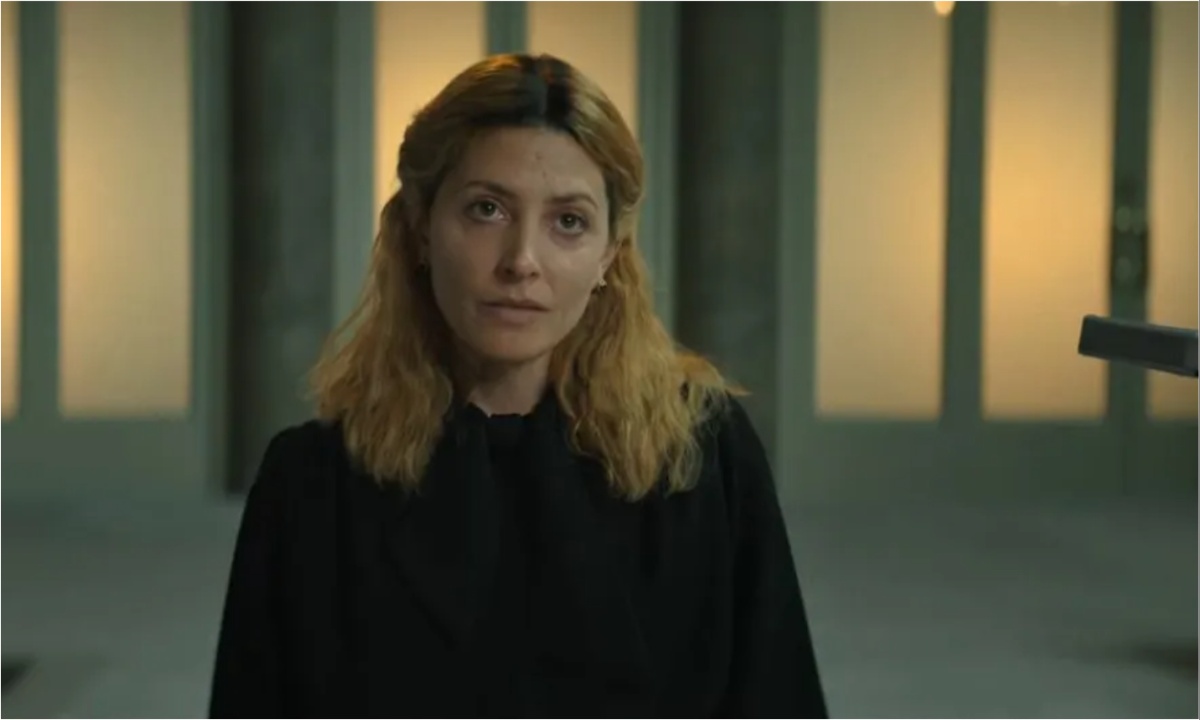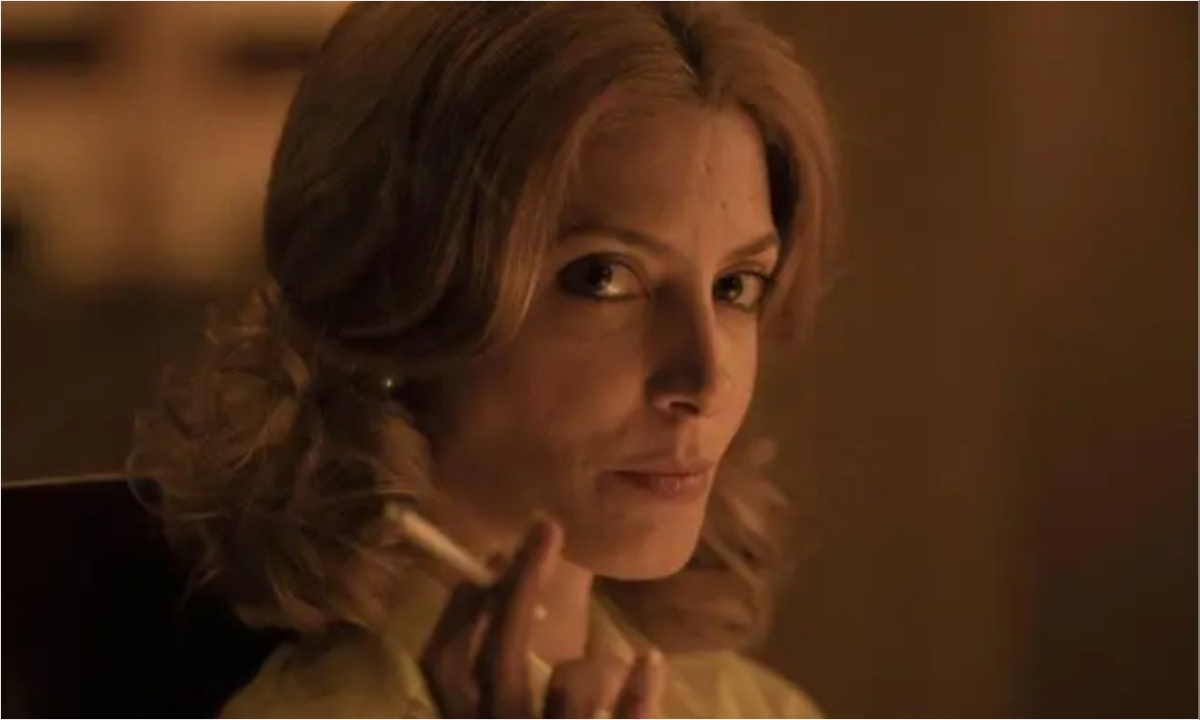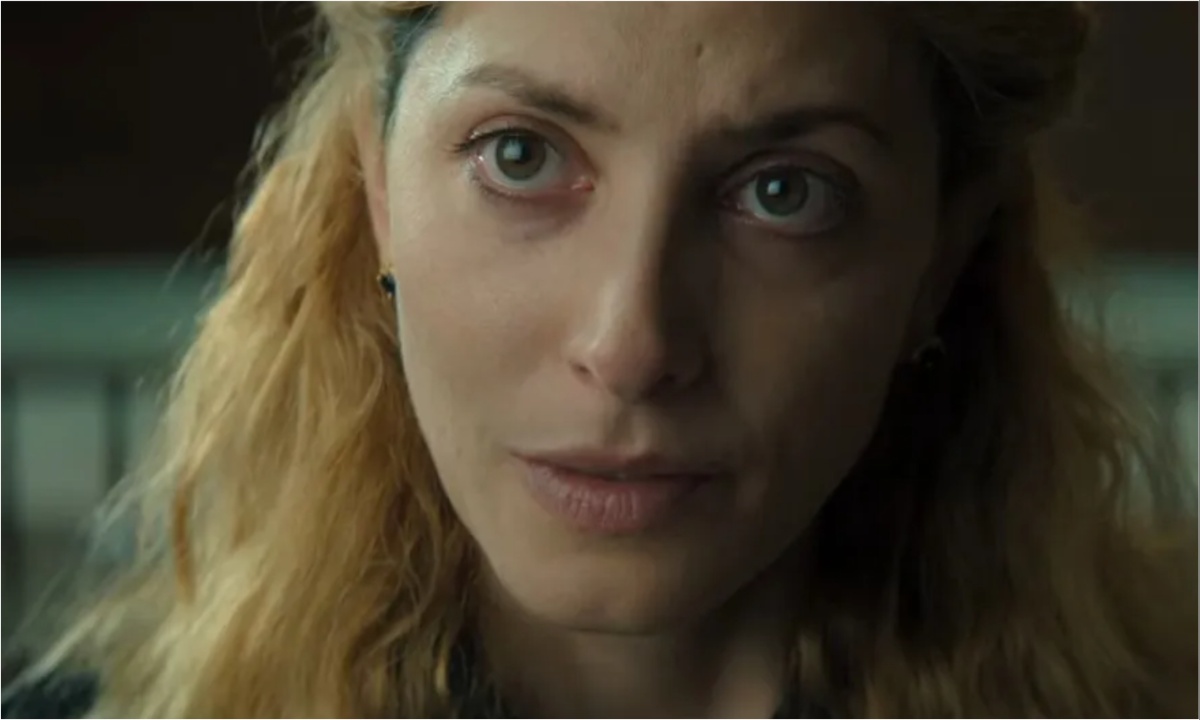The asylum invited Dr. del Olmo to verify Alice’s claims, particularly regarding Luis’s death. Ignacio revealed that Luis was not murdered but had died in an accident, a statement Alice agreed with. However, Alice’s failure to recognize Dr. del Olmo complicated matters.
When told he was the person she had identified as her client, she looked at him in disbelief, insisting he was not the same man. Monserrat and Arellano reassured her, but Alice’s confusion and visible distress hinted at cracks in her narrative. She began to feel the weight of suspicion from those who once trusted her, leading her to question the truth of her memories and the reality she had constructed.
As Alice struggled to reconcile the situation, she came to believe her husband, Heliodoro, had orchestrated an elaborate plan to trap her in the asylum. She theorized that Heliodoro hired someone to impersonate Dr. del Olmo and, with the help of Dr. Donadio and Dr. Alvar, manipulated events to discredit her. Alice saw this as a ploy to gain access to her fortune, orchestrated by those she trusted most.
She urged Monserrat and Arellano to investigate her claims, suggesting they track her bank accounts for missing funds, which would support her theory. Though the bank initially refused to share information, Arellano’s visit uncovered evidence that Heliodoro had emptied Alice’s accounts. Simultaneously, Monserrat discovered Heliodoro had made a substantial donation to the asylum, raising further suspicion.
Determined to prove her innocence and escape the asylum, Alice rallied support from other inmates. She devised a plan to create chaos by setting a fire, giving her the opportunity to flee. During the commotion, she learned that Romulus, one of the asylum’s inmates, had been killed. Alice, driven by her investigative instincts, decided to investigate his death. She impersonated the coroner to examine the body and deduced that Romulus’s injuries—a sunken chest and broken bones—were caused by a large object.
She concluded that the “elephant man,” another inmate, was responsible for the murder. He had motivations rooted in jealousy and unrequited love for Romulus’s sister, compounded by a grudge stemming from Luis’s death. The police were impressed by Alice’s deductions, and her claims about being wrongfully confined began to gain credibility.

The Mistaken Identity of the Victim
As investigations progressed, it was revealed that the victim was not Romulus but his twin brother, Remus. During the fire, Romulus attempted to save his sister, while the “elephant man” mistakenly killed Remus, believing him to be Romulus. Alice, who had taken on a maternal role for the twins, recognized the difference between them, adding weight to her assertion.
This revelation shifted the narrative, with Romulus’s survival symbolizing his desire to shield his sister and cope with the trauma of losing his brother. Alice promised to visit Romulus after her release, showing her continued investment in their well-being despite her struggles.
Alice presented her case to the medical board, emphasizing her husband’s betrayal and Dr. Donadio’s involvement. Monserrat and Arellano’s findings supported her claims, including Heliodoro’s disappearance and financial exploitation. Despite this, Dr. Alvar maintained that Alice had not proven a deliberate conspiracy to hospitalize her.
However, he chose not to vote, instead allowing the board to decide her fate. In an unexpected move, Dr. Alvar asked that, if Alice were declared sane, his expulsion letter be replaced with a resignation. Ultimately, the board ruled in Alice’s favor, declaring her mentally sound and paving the way for her release.
Before leaving, Dr. Alvar revealed that Dr. Donadio had not been evading the board but was on vacation in Zurich with his wife. Dr. Donadio was invited to clarify his involvement and appeared before Alice, confirming he was the family doctor she had previously identified as Dr. del Olmo.
Alice looked at him with shock and fear, struggling to reconcile this revelation with her version of events. Her reaction suggested an internal battle between accepting this reality or crafting a new narrative to maintain her belief in a grand conspiracy.

Alice’s Distorted Perception of Truth
The story repeatedly questions Alice’s credibility, particularly her tendency to reshape her narrative to align with her beliefs. When her account of Dr. del Olmo was disproven, she quickly shifted to blaming her husband for hiring a decoy. Alice’s admission that “the truth could be whatever she wanted it to be” underscores her unstable grasp of reality. Her ability to weave intricate theories further complicates the audience’s ability to discern whether she is a victim of circumstance or a manipulator of truth.
If Alice’s claims are to be trusted, Heliodoro and Dr. Donadio orchestrate a sinister scheme to hospitalize her and seize her wealth. This theory paints her as a victim of greed and corruption, with her mental state exploited to achieve their ends. While evidence supports Heliodoro’s untrustworthiness, Dr. Donadio’s role remains ambiguous.
It’s possible he falsified reports for financial gain, but this remains speculative. Alice’s struggle to present her version of events and the constant shifts in her narrative leaves the audience questioning what parts of her story, if any, are true.
“God’s Crooked Lines” ends with an unresolved tension, leaving viewers to decide whether Alice is a victim or an unreliable narrator. Her final expressions of confusion and determination suggest she is already preparing to reshape her story once again. The film’s refusal to provide clear answers mirrors Alice’s fractured psyche, forcing the audience to grapple with the elusive nature of truth. This ambiguity makes the film a compelling exploration of reality, perception, and the human capacity for self-deception.



